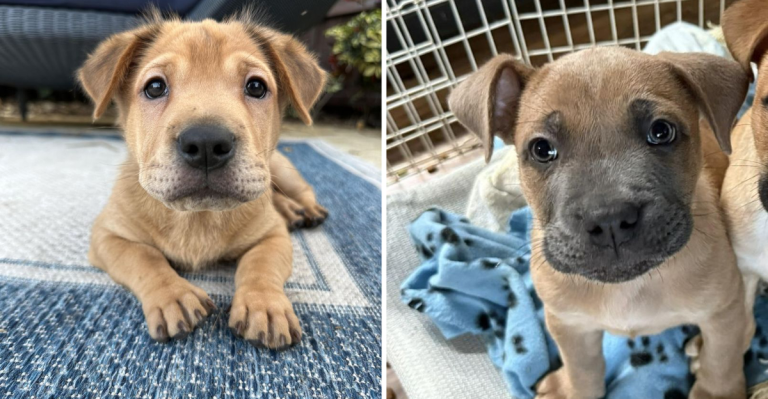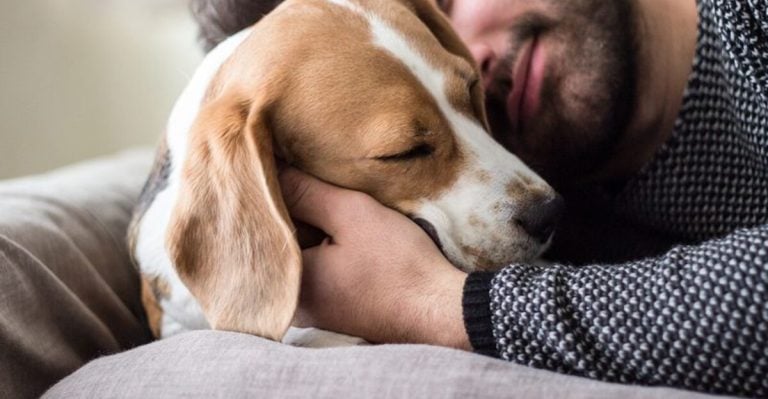10 Genius Ways to Help Your Kids and Dog Become Best Friends
The bond between a child and a dog can be one of life’s most magical and rewarding relationships. It’s more than just cute moments and shared snuggles—it’s a dynamic that fosters empathy, responsibility, confidence, and a deep sense of companionship in children.
For dogs, it means a constant friend, playmate, and an integral part of the pack. But while the idea of kids and dogs naturally clicking sounds heartwarming, the reality doesn’t always play out so smoothly.
Children don’t always understand how to respect an animal’s boundaries, and even the gentlest dogs may become anxious around unpredictable little humans. That’s why this relationship, as special as it is, often needs a little guidance and structure from the grown-ups in the house. With the right approach, you can help lay the foundation for a safe, respectful, and genuinely joyful friendship between your child and your dog.
Whether you’re introducing a new puppy to your toddler, helping an older rescue warm up to your preteen, or simply looking to strengthen the bond in your home, these ten genius strategies are designed to make that connection flourish. Simple, effective, and kid-friendly, they’ll help turn your children and furry family member into lifelong best buds.
1. Teach Respect Through Supervised Interaction
Children often express love through hugs and rough play, but dogs might interpret this differently. Start by showing kids how to approach your dog calmly, pet gently, and respect personal space.
Create daily supervised sessions where your child can interact with your dog while you guide them. These moments build trust between them and prevent misunderstandings that could damage their relationship.
Remember that supervision isn’t just about safety—it’s about teaching mutual respect. When your child understands your dog’s boundaries and your dog feels safe around your child, their friendship will naturally blossom.
2. Involve Kids in Age-Appropriate Pet Care
Feeding time offers perfect bonding opportunities. Even toddlers can help pour kibble while teenagers can take on walking responsibilities. The key is matching tasks to your child’s abilities.
When kids participate in caring for the family dog, they develop a sense of connection and responsibility. Dogs quickly learn to associate children with positive experiences like meals and fresh water, strengthening their bond.
Create a colorful chart tracking pet care tasks, making responsibilities fun rather than chores. This system helps children feel pride in their contribution to the dog’s wellbeing while teaching valuable life skills.
3. Establish Ground Rules for Both Parties
Clear boundaries create harmony between kids and dogs. Simple rules like “no disturbing the dog while eating” or “knock on the crate instead of opening it” prevent conflicts before they start.
Dogs need their own rules too! Teaching your dog not to jump on children or grab toys from small hands establishes mutual respect. Consistency matters most—when everyone follows the same guidelines, both kids and dogs feel secure.
Post family pet rules somewhere visible, using pictures for younger children. This visual reminder helps everyone remember how to treat each other kindly, creating a foundation for lasting friendship.
4. Use Positive Reinforcement for Good Behavior
Catching your child and dog doing something right works wonders! When your child pets gently or your dog sits calmly near your toddler, praise them immediately and specifically.
For dogs, small treats reward gentle play with children. For kids, stickers or special privileges celebrate kind treatment of your pet. This positive approach builds confidence in both parties about how to interact.
Create a special box of dog-friendly toys that only come out when your child and dog play together. This association makes their time together extra exciting and encourages positive interactions that strengthen their growing friendship.
5. Model Calm, Confident Behavior
Dogs are experts at reading human emotions, often mirroring our feelings. When you demonstrate relaxed, confident interactions with your pet, you show your children exactly how to behave.
Your calm voice and body language teach both your dog and kids what healthy interaction looks like. This is especially important during exciting moments like coming home or having visitors when energy levels spike.
Make a game of practicing “calm moments” with both your children and dog. Take deep breaths together, speak softly, and move slowly. These exercises develop emotional control in children while helping your dog associate your kids with peaceful experiences.
6. Educate Kids on Canine Body Language
Dogs speak volumes through their bodies! Teaching children to recognize signs like a wagging tail (happy), flattened ears (scared), or a play bow (let’s have fun) prevents misunderstandings and builds empathy.
Make learning dog signals into a game by acting out different emotions yourself. Ask your child to guess if you’re showing a happy, scared, or playful dog. Then observe your actual dog together and identify what they’re communicating.
Create a simple chart with pictures showing different dog expressions. Hang it where kids can easily reference it, helping them become fluent in “dog language” and deepening their connection with your pet.
7. Keep Training Sessions Interactive for Both
Training becomes magical when children participate! Simple commands like “sit” or “stay” can be taught by kids under your guidance, creating powerful bonding moments. Your dog learns to respond to your child’s voice, building respect.
Short, fun sessions work best. Five minutes of focused training games beats thirty minutes of frustration. Let your child hold treats and praise the dog while you initially guide the training process.
Gradually transfer more responsibility to your child as both gain confidence. The pride on your child’s face when the dog first responds to their independent command is priceless—and marks a significant milestone in their friendship.
8. Encourage Shared Play—But With Structure
Fetch, hide-and-seek, and obstacle courses create joyful memories between kids and dogs. The key is choosing games that minimize rough play while maximizing fun interaction.
Structured play prevents over-excitement that can lead to jumping or nipping. Teach children to pause games if the dog gets too wound up, resuming only when everyone’s calm again.
Rotate through different activities to discover what both your child and dog enjoy most. Some dogs love chasing bubbles while others prefer gentle tug-of-war. Finding their special games creates unique bonding experiences that strengthen their connection in meaningful ways.
9. Protect Both from Overstimulation
Even the strongest friendships need breaks! Create a “quiet zone” where your dog can retreat when needing space. Teach children to respect this area as off-limits, preventing burnout in your pet.
Similarly, help kids recognize when they need space from enthusiastic dogs. A special step or chair can serve as their retreat spot when they feel overwhelmed. This mutual respect for boundaries prevents negative interactions.
Watch for early signs of overstimulation like excessive yawning in dogs or irritability in children. Stepping in before either reaches their limit teaches emotional awareness while preserving their positive feelings toward each other.
10. Celebrate the Bond Through Family Activities
Family movie nights featuring dog-themed films create shared experiences. Watching “Lassie” or “Bolt” while cuddled up with your real-life furry friend creates lasting memories for children.
Weekend hikes or beach trips where your dog can safely join in family adventures strengthen the pack mentality. These outings show children that the dog is truly part of the family circle, not just a pet.
Create a scrapbook or digital photo album documenting your child and dog’s relationship milestones. Reviewing these memories together reinforces their special connection and helps children appreciate how their friendship has grown over time.
















